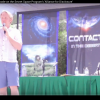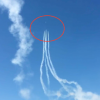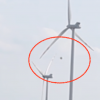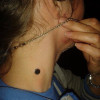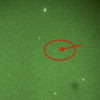If We Blow Up an Asteroid, It Might Put Itself Back Together0
- From Around the Web, Space
- March 11, 2019
Despite what Hollywood tells us, stopping an asteroid from creating an extinction-level event by blowing it up may not work.
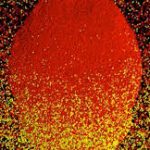
Despite what Hollywood tells us, stopping an asteroid from creating an extinction-level event by blowing it up may not work.

‘Terror in the Skies’ will explore stories of strange winged creatures in the US including the legendary Mothman.

Geologists and archaeologists have long known that the builders of Stonehenge made use of two main types of stone: a silcrete, known as ‘sarsen,’ was used for the large trilithons, sarsen circle and other monoliths, and a variety of ‘bluestones’ — used for the smaller standing stones — were erected in an inner ‘horseshoe’ and an outer circle. Two ancient quarries in the Preseli hills of west Wales — Carn Goedog and Craig Rhos-y-felin — have now been excavated to reveal evidence of megalith quarrying around 3000 BC — the same period as the first stage of the construction of Stonehenge.

Before coronal mass ejections, plasma shoots up, breaks apart and then comes together again.

Human tissues experience a variety of mechanical stimuli that can affect their ability to carry out their physiological functions, such as protecting organs from injury. The controlled application of such stimuli to living tissues in vivo and in vitro has now proven instrumental to studying the conditions that lead to disease.

The eerie lights filled the sky along nearly 200 miles of Lake Michigan shoreline, from Ludington south to the Indiana border.

A team of physicists from the Joint Quantum Institute, the University of Maryland, the University of California Berkeley and Perimeter Institute for Theoretical Physics has implemented a test for quantum scrambling, a chaotic shuffling of the information stored among a collection of quantum particles. The team’s experiment, carried out on a group of seven ions, demonstrated a new way to distinguish between scrambling and true information loss.

Late last week, military news site Task & Purpose confirmed a disturbing fact: the newly created U.S. Space Force has no intention of fighting aliens. Despite the recent uptick of military UFO sightings, the Pentagon appears uninterested (at least officially) in the possibility of hostile aliens. But if an alien invasion does take place, which arm of the Pentagon would respond? The answer: probably all of them.

Gene editors that target DNA bases may not be as safe as thought

The Canadian government unveiled Wednesday its long awaited national space strategy, focusing on artificial intelligence, deep-space robotic systems, Earth-observation capabilities and searching for new ventures with the European Space Agency.


























